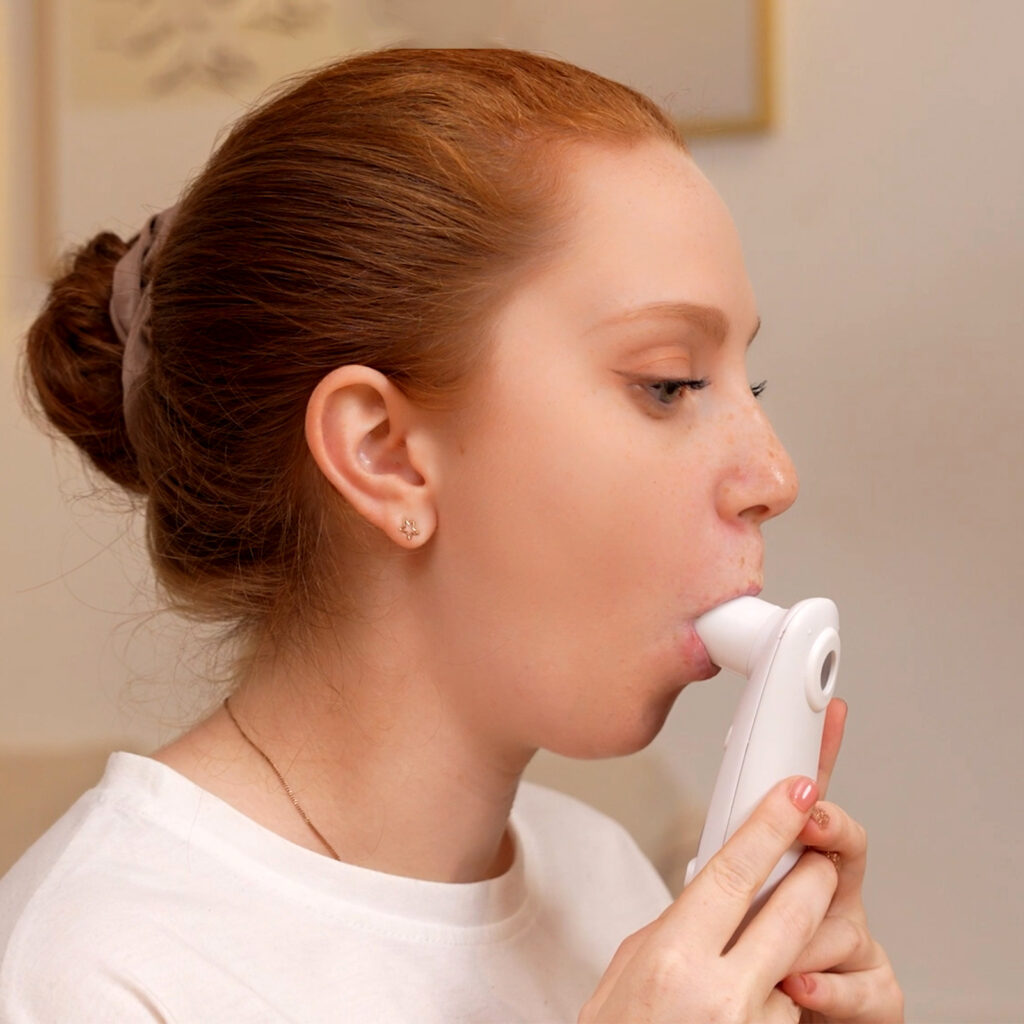
Significance and efficacy of applying telemedicine for health management of ASTHMA AND Chronic Obstructive Pulmonary Disease
Nowadays, with the extensive application of cutting-edge technology medical management field, and the high degree of informationization and intelligence of diagnosis and treatment manners, the mode of health management has also undergone rapid changes. Gradually, the health model has been transformed from the traditional disease diagnosis and treatment mode to the prevention and rehabilitation mode. However, the process of prevention and rehabilitation is closely related to the patient’s home care method, which means that the patient’s home care method and the equipment, and devices used with it need to be more convenient and intelligent.
With the early warning and prevention of disease awareness greatly improved, people’s life expectancy will be greatly increased, and health monitoring and rehabilitation concepts have been deeply into people’s daily lives. With the outbreak of COVID-19, the convenience of medical visits and consultations, has received unprecedented attention and demand, followed by more and more voices focusing on the remote management of disease, the patient’s family health monitoring and disease remote management combined, can greatly enhance the efficiency of diagnosis and treatment, to reduce the expenditure of health insurance and the patient’s medical visits and the number of time and times, greatly saves the patient’s health care expenditures, and at the same time can maximize the savings of health protection. At the same time, it can maximize the savings of national health insurance expenditure.
Asthma and chronic obstructive pneumonia (COPD) caused by various triggers plague people’s lives and bring great hidden dangers to life safety. The GOLD standards for COPD continue to be updated, and GINA is also updating its guidelines for asthma management in real time in 2023. This shows that ASHTMA and COPD’s need for diagnosis, treatment, prevention, and home management have attracted much attention around the world. There is an increasing need for health providers to manage respiratory and airway problems with the potential for acute exacerbations.
In the traditional diagnosis and treatment of ASTHMA and COPD, the PEFR value of the peak flow meter has judgment significance for early warning of acute attacks. Therefore, an accurate reading of spirometry is extremely useful in the management of these two conditions.
Researchers are monitoring FEv1 and PEFR (Peak expiratory flow) for COPD, SONMOLmed quoted the following discussion of the significance of following these readings for COPD.
Quo:
Daily Peak Expiratory Flow Rate and Disease Instability in Chronic Obstructive Pulmonary DiseaseJennifer Y. So, MD1 Alejandra C. Lastra, MD1 Huaqing Zhao, PhD1 Nathaniel Marchetti, DO1 Gerard J. Criner, MD1
Running Head: Peak Expiratory Flow Rate and COPD Exacerbation
Funding Support: Supported in part by the Maxine Gitlin COPD Research Fund
Date of Acceptance: September 23, 2015
Few studies have looked at the patterns and changes in daily PEFR measurements in COPD patients. Donaldson et al identified patients with frequent and infrequent exacerbations and found that there was a greater decline in FEV1 and PEFR in those with more frequent exacerbations.9 In our study, we looked at changes in daily PEFR over time and showed that greater increases or decreases in PEFR portend worse outcomes, likely signaling disease instability. Donaldson also examined the alpha value from the detrended fluctuation analysis of the daily diary symptoms and PEFR in moderate to severe COPD patients and found a positive relationship between self-similarity of daily PEFR and exacerbation frequency.13
Especially in the telemedicine management program, patients are equipped with a peak flow meter with data transmission capabilities, which can simplify the process of remote disease management. It is also an effective way to improve disease early warning capabilities control efficiency and reduce acute attacks and admission rates.
